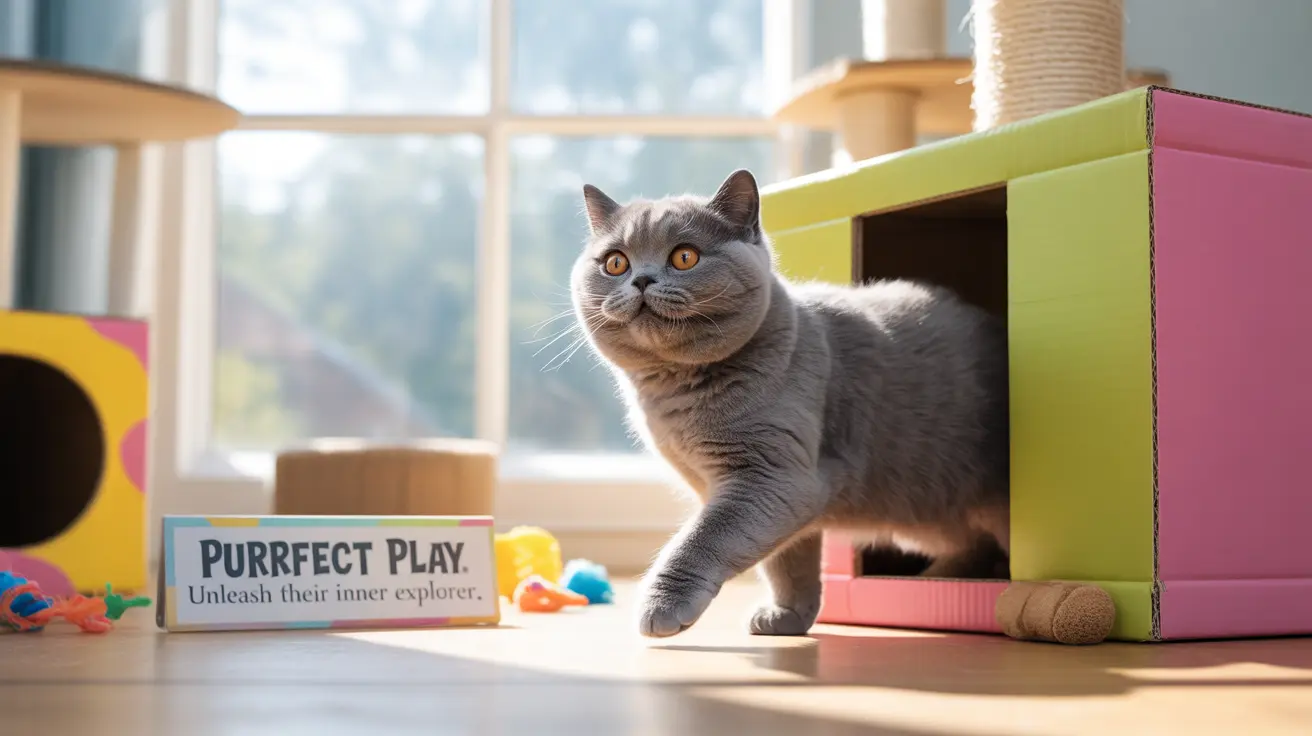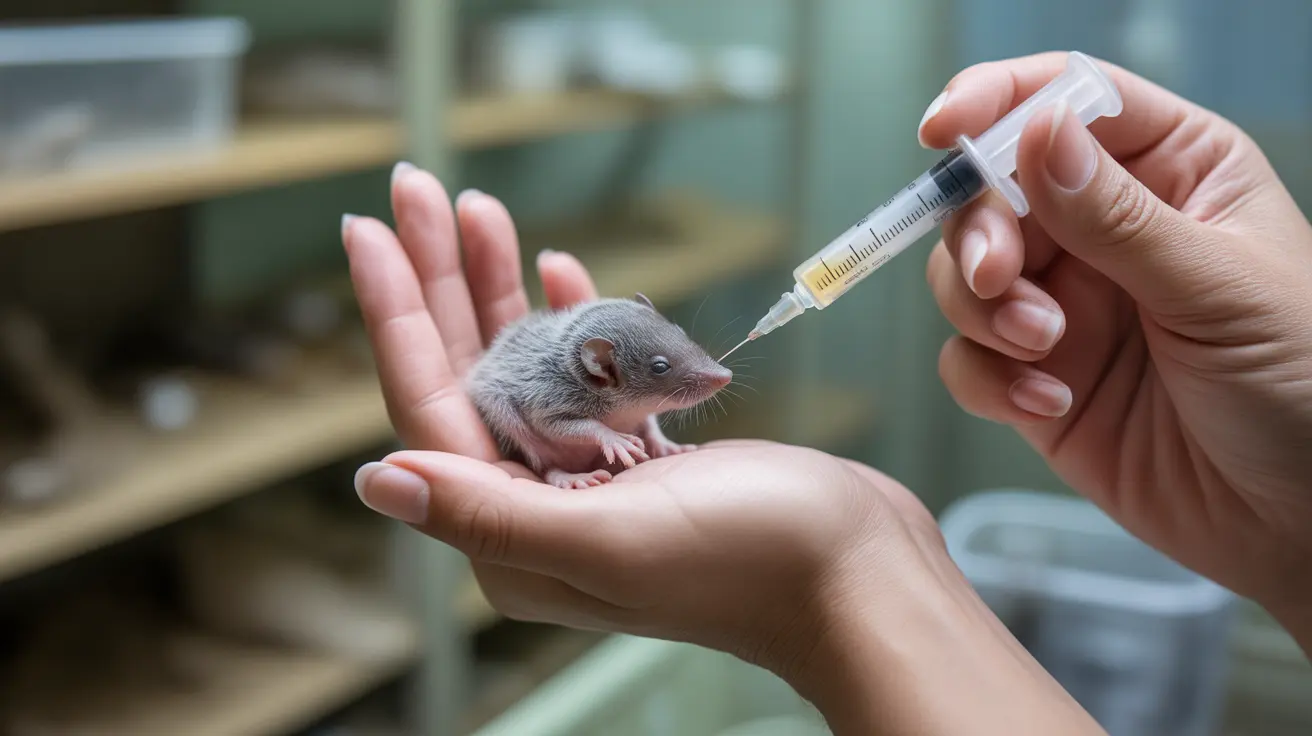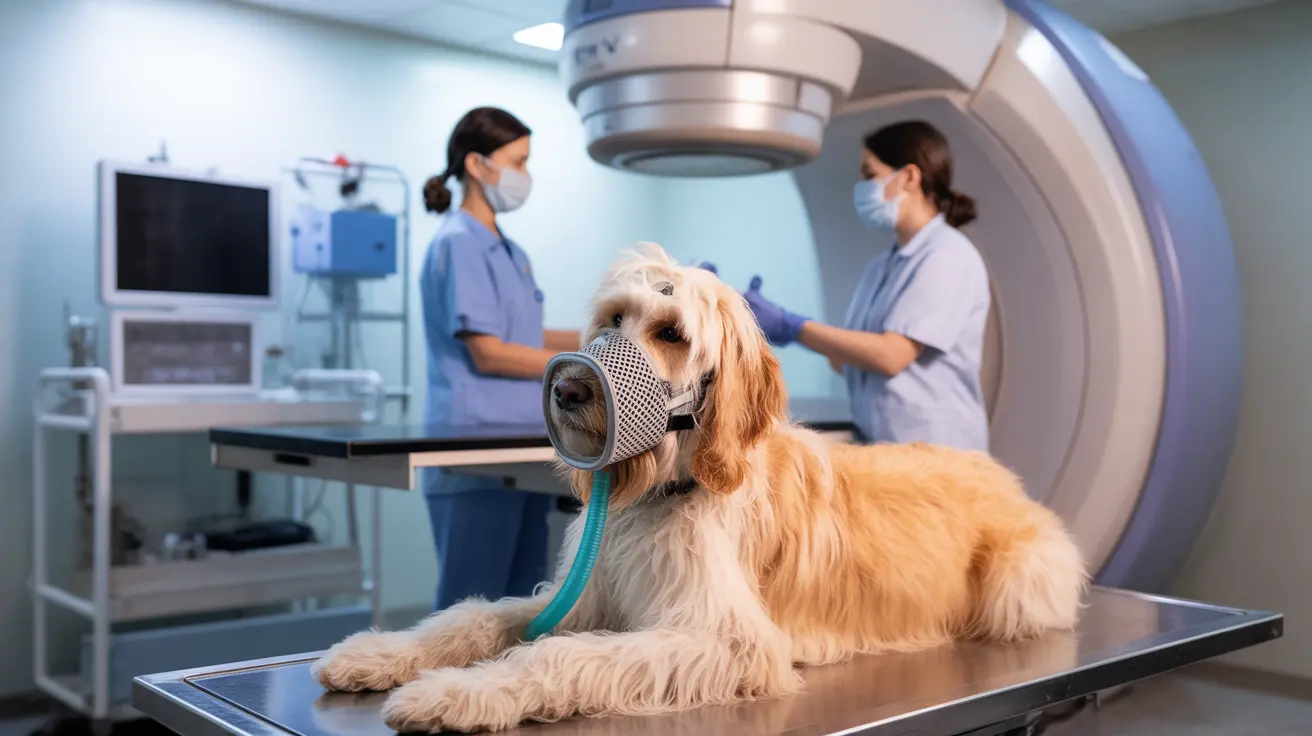From clever marketing campaigns to viral sensations, funny cat commercials have become a cornerstone of modern advertising. These memorable ads not only entertain but have revolutionized how brands connect with audiences, leveraging our natural affinity for feline charm and humor.
Let's explore some of the most iconic and entertaining cat commercials that have captured hearts, sparked trends, and redefined advertising creativity over the decades.
The Evolution of Cats in Advertising
The phenomenon of using cats in commercials, often called "catvertising," has evolved dramatically since its early days. What started with simple pet food advertisements has transformed into sophisticated marketing campaigns that dominate social media and viral content platforms.
Morris the Cat, who first appeared in 9Lives commercials in 1969, pioneered the way for feline advertising stars. As a rescue cat with a sardonic personality, Morris didn't just sell cat food – he created a template for how animals could become powerful brand ambassadors.
Iconic Cat Commercial Campaigns That Changed Advertising
The Classic Era
The Meow Mix commercials of the 1970s created one of advertising's most memorable jingles, featuring cats "singing" for their favorite food. This campaign's success demonstrated how combining humor with simple, catchy music could create lasting brand recognition.
Modern Masterpieces
The 2013 Cravendale "Cats with Thumbs" commercial brilliantly played on the question: "What if cats had opposable thumbs?" This award-winning advertisement showed cats forming gangs and plotting to steal milk, combining absurdist humor with impressive visual effects.
Why Cat Commercials Work So Well
Cat commercials succeed for several key reasons:
- Universal appeal across demographics
- Natural comedic timing of cats
- High social media shareability
- Strong emotional connection with viewers
- Memorable visual impact
The Digital Age of Cat Advertising
Today's cat commercials leverage social media platforms and viral marketing strategies to reach global audiences. Brands like Temptations and Whiskas create content specifically designed for social sharing, often incorporating user-generated content and internet cat celebrities.
The rise of platforms like YouTube and Instagram has created new opportunities for creative cat-centered marketing, with some commercials gaining millions of views within days of release.
Frequently Asked Questions
What are some of the funniest and most iconic cat commercials that have become internet sensations?
The EDS "Cat Herders" Super Bowl commercial, Cravendale's "Cats with Thumbs," and Chevy's "Walter the Cat" campaign are among the most celebrated funny cat commercials. These ads went viral for their creative concepts and excellent execution.
Why do advertisers use cats so often in commercials to capture audience attention?
Cats are naturally unpredictable, expressive, and relatable, making them perfect for creating engaging content. Their behaviors are universally understood and appreciated, crossing cultural and language barriers effectively.
How did the concept of "catvertising" start and why has it become so popular in marketing?
Catvertising gained prominence in the late 1990s but exploded with the rise of internet cat videos. The term was popularized by a 2011 parody campaign, and it has since become a legitimate marketing strategy due to its proven effectiveness in engaging audiences.
Which cat commercials have won awards or gained celebrity status for their creativity and humor?
Morris the Cat won multiple PATSY Awards, while the EDS "Cat Herders" commercial received an Emmy nomination. The Cravendale "Cats with Thumbs" campaign won several advertising industry awards for its innovative approach.
How can funny cat commercials influence cat adoption awareness and pet-related philanthropy?
Many successful cat commercials, like the Morris the Cat campaigns, have promoted pet adoption by featuring rescue cats. These advertisements often include subtle messages about pet adoption and responsible pet ownership, helping raise awareness for animal welfare causes.
Conclusion
Funny cat commercials continue to evolve and entertain, proving that feline charm and humor are timeless marketing tools. As advertising platforms expand and creative technologies advance, we can expect to see even more innovative and engaging cat-centered campaigns in the future.






